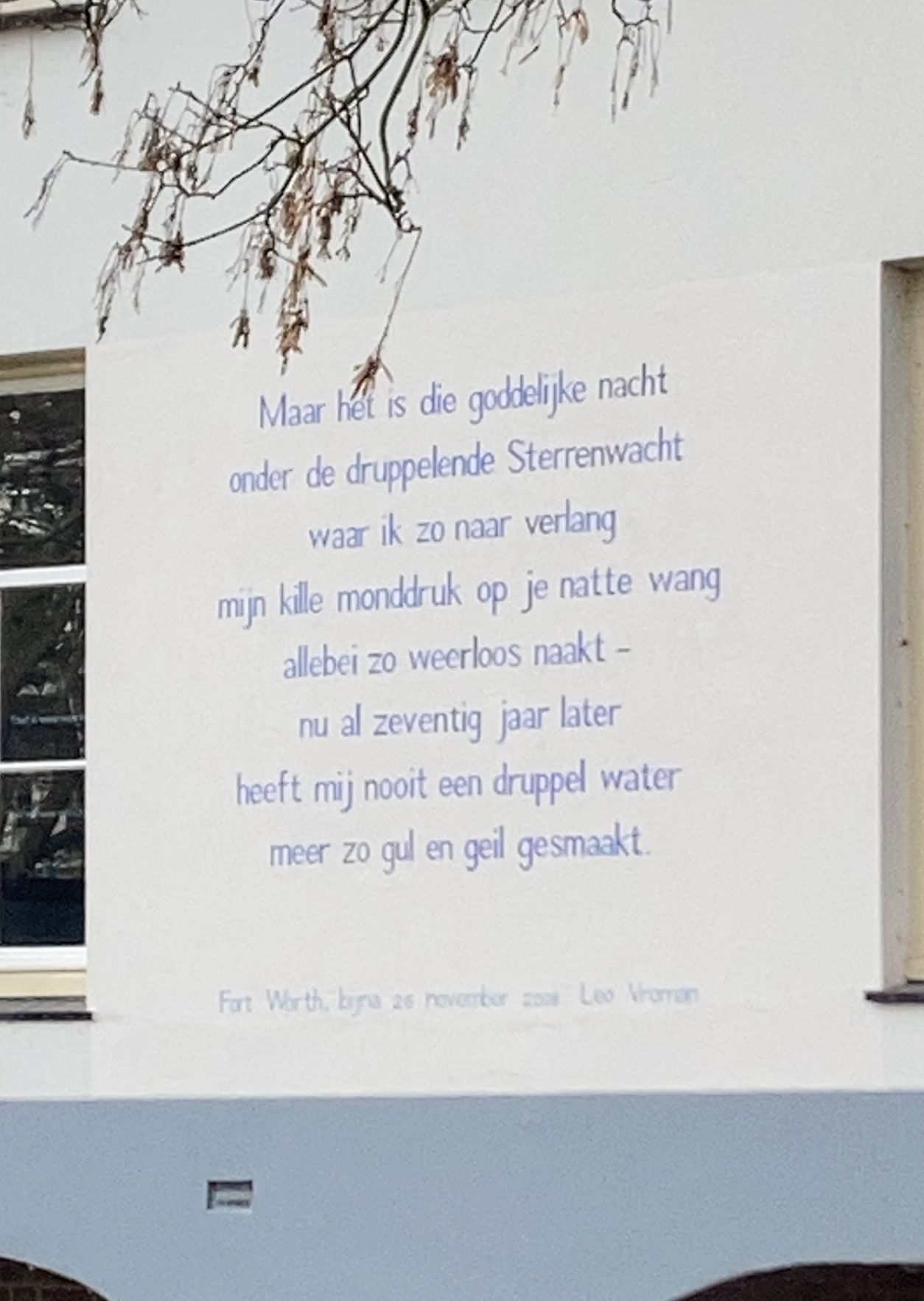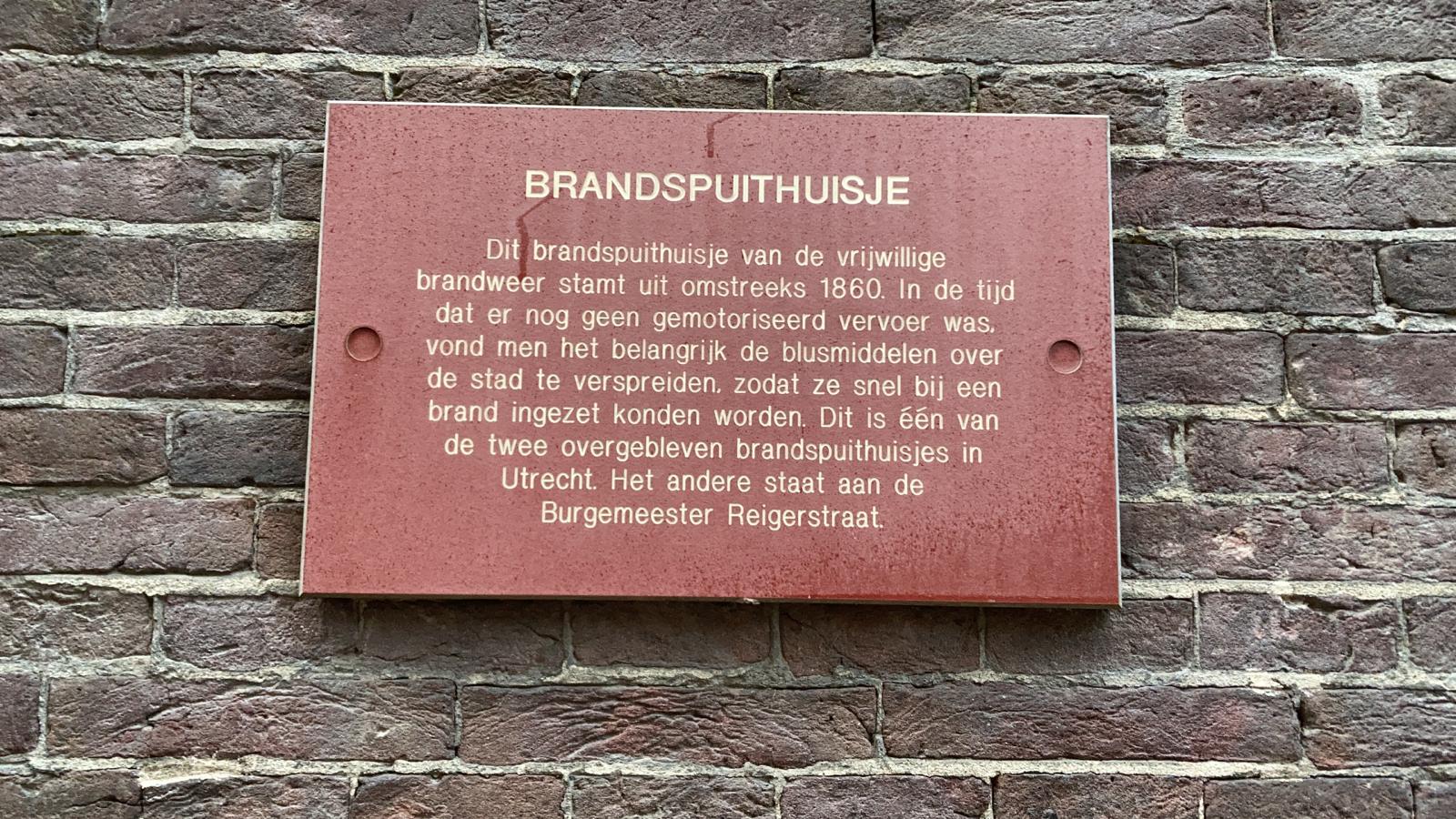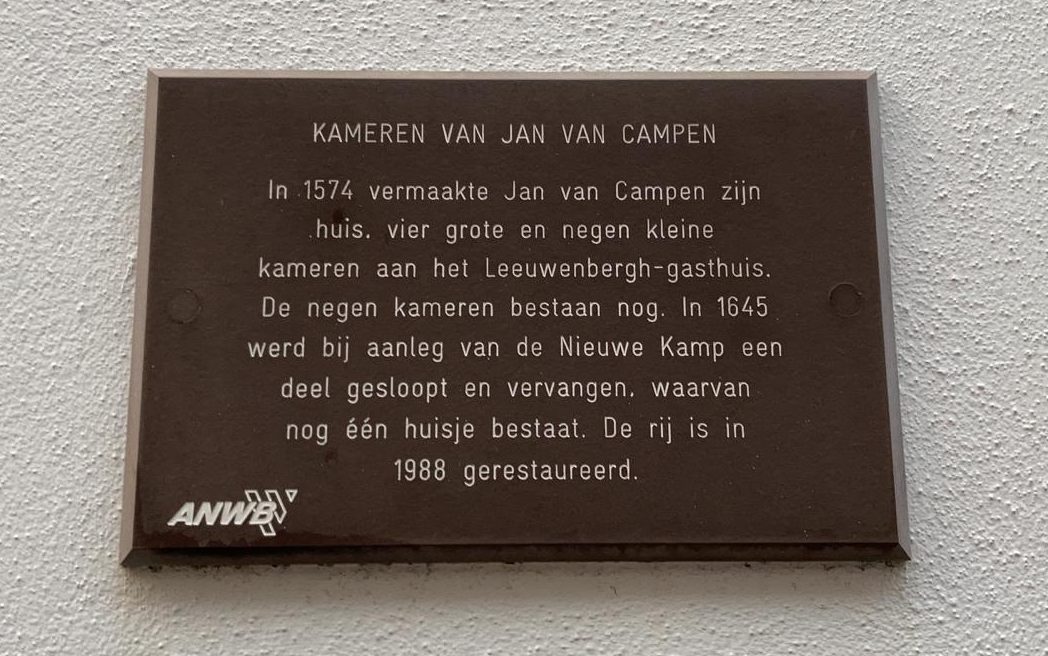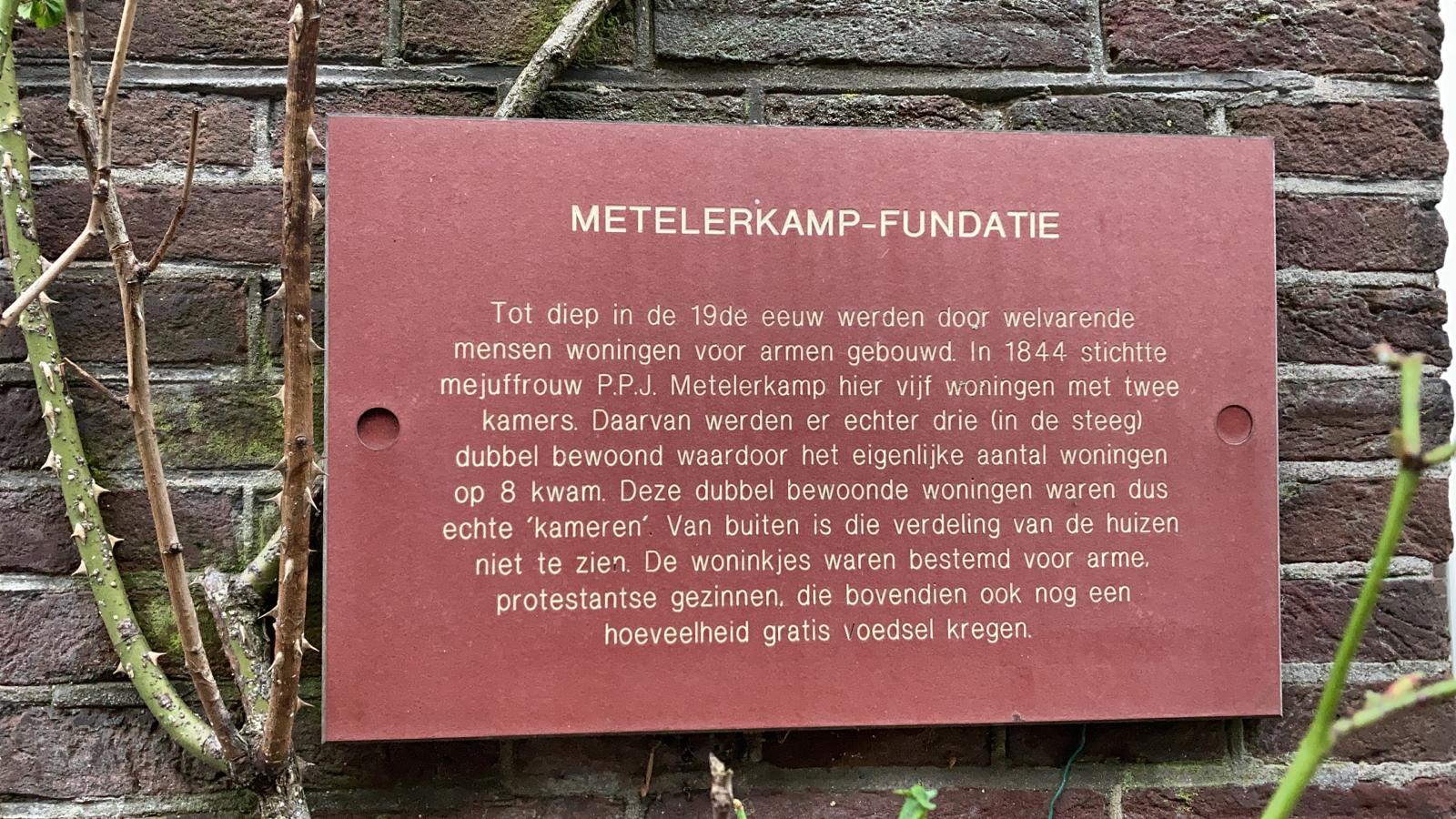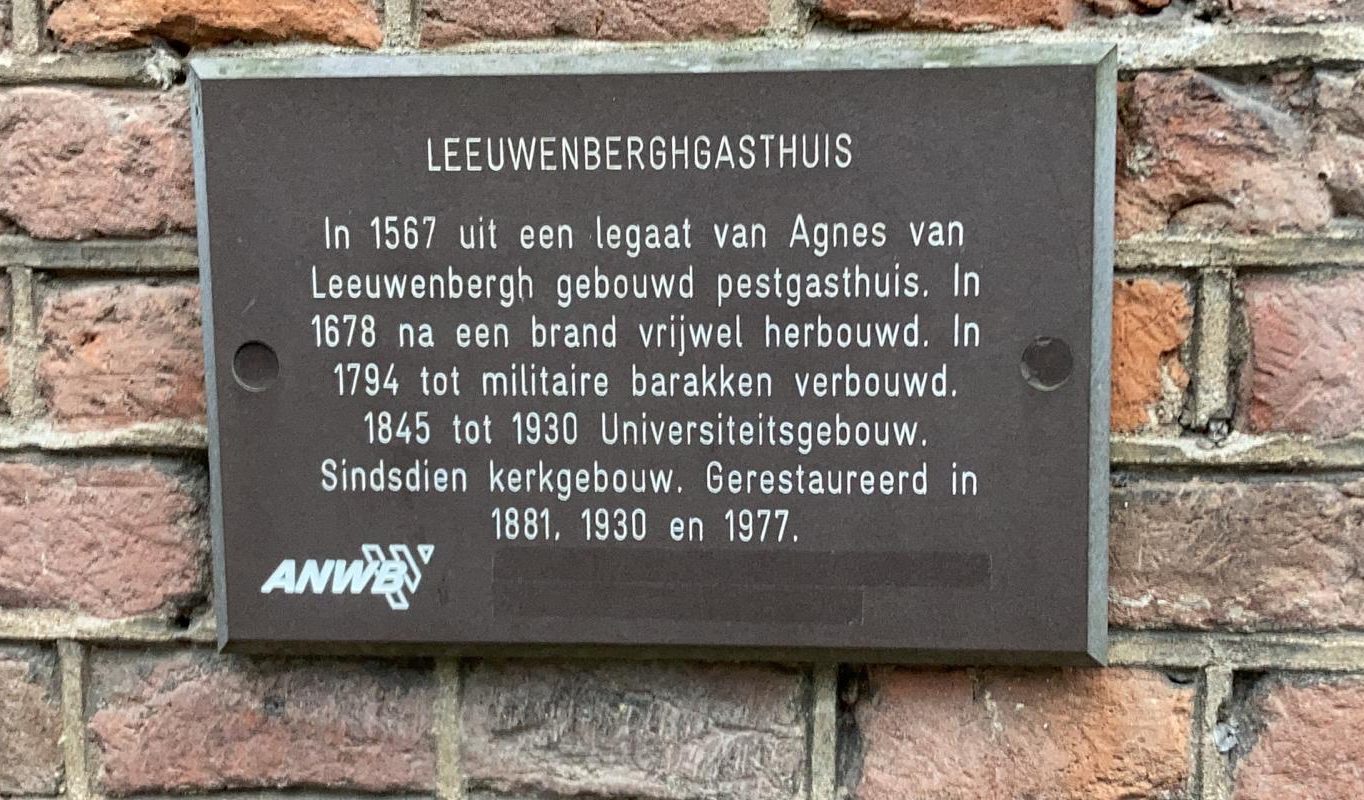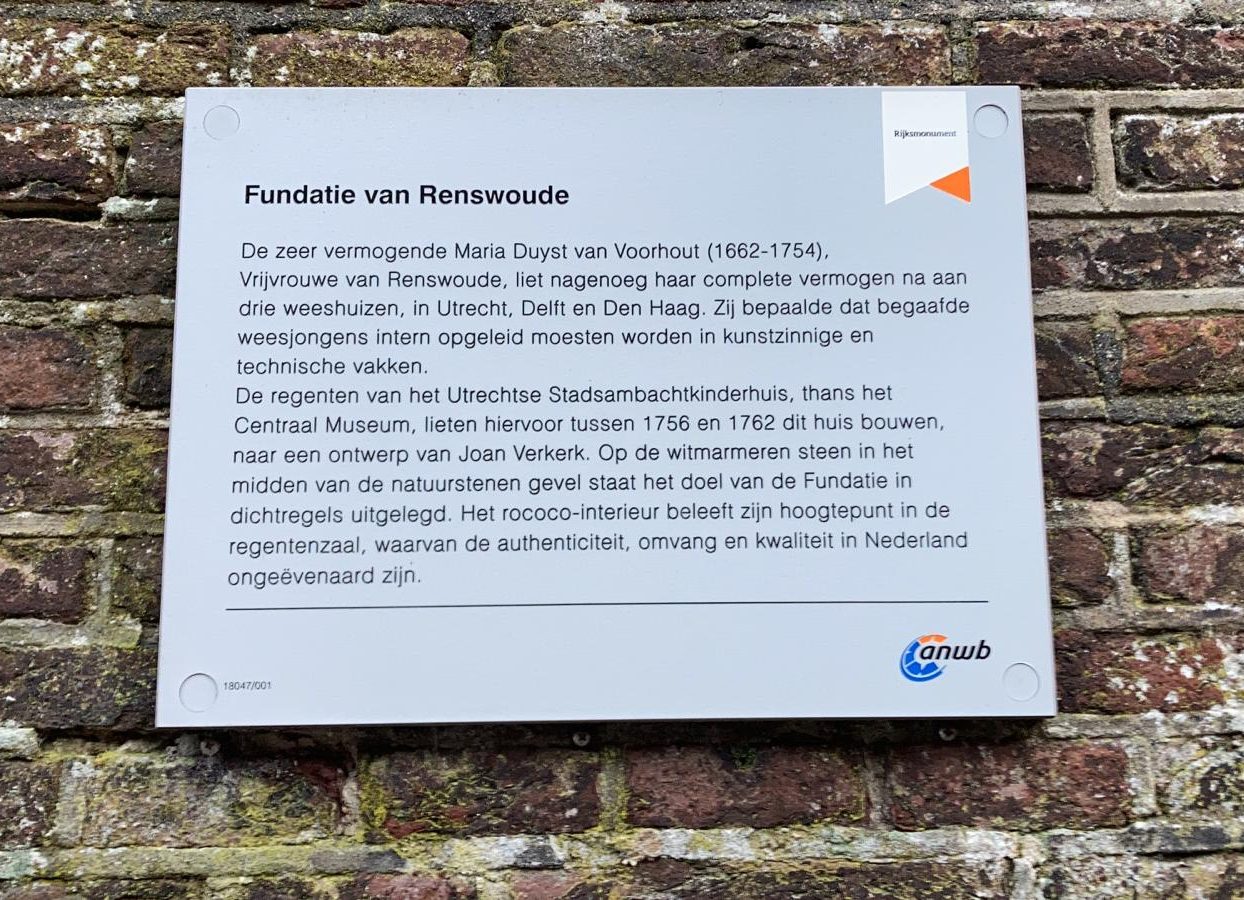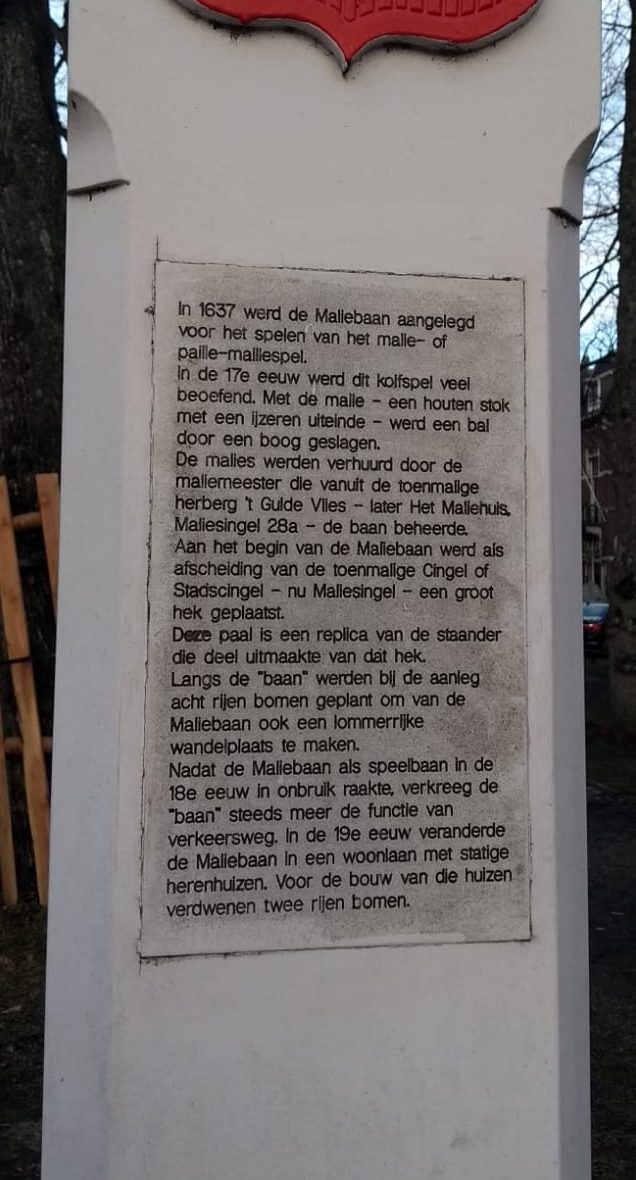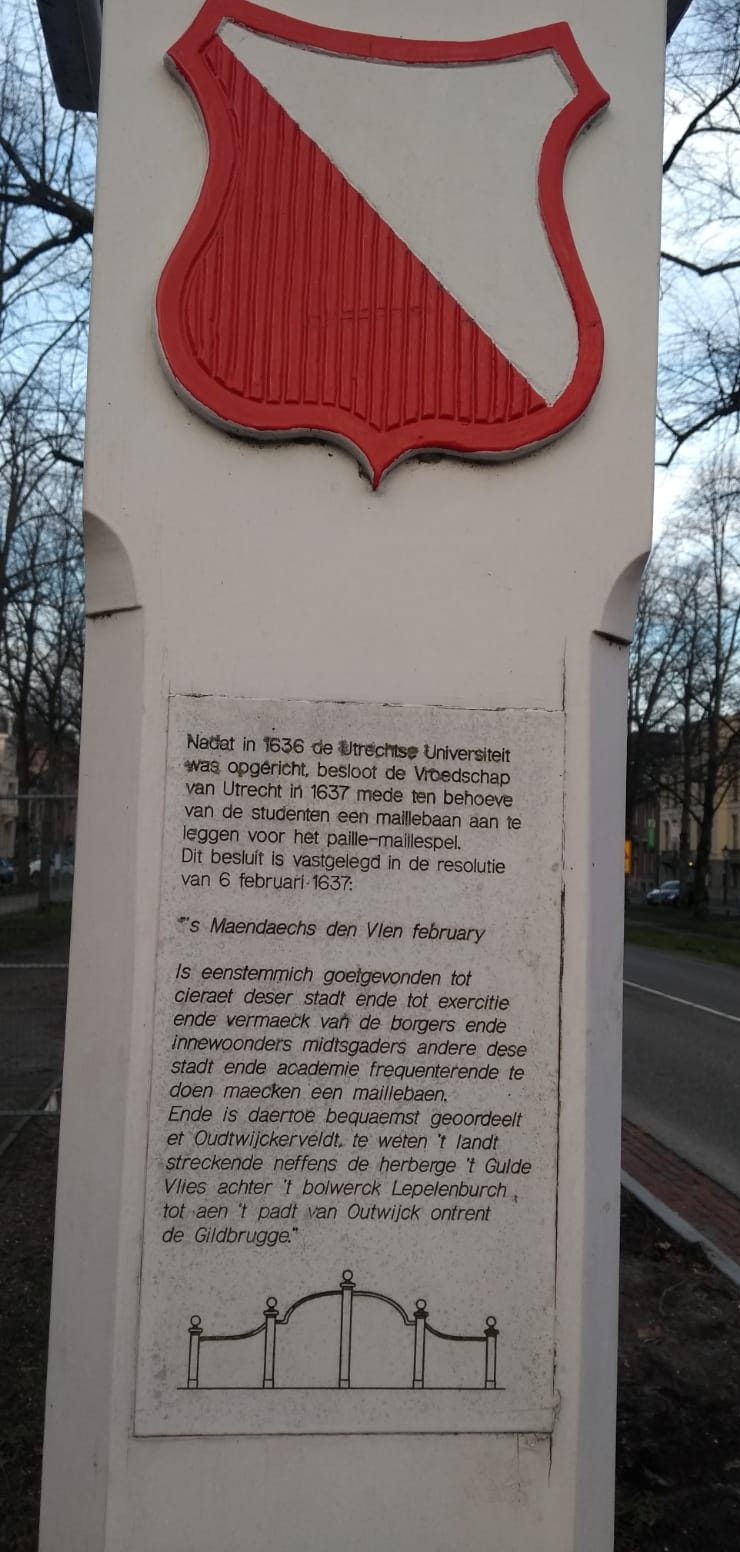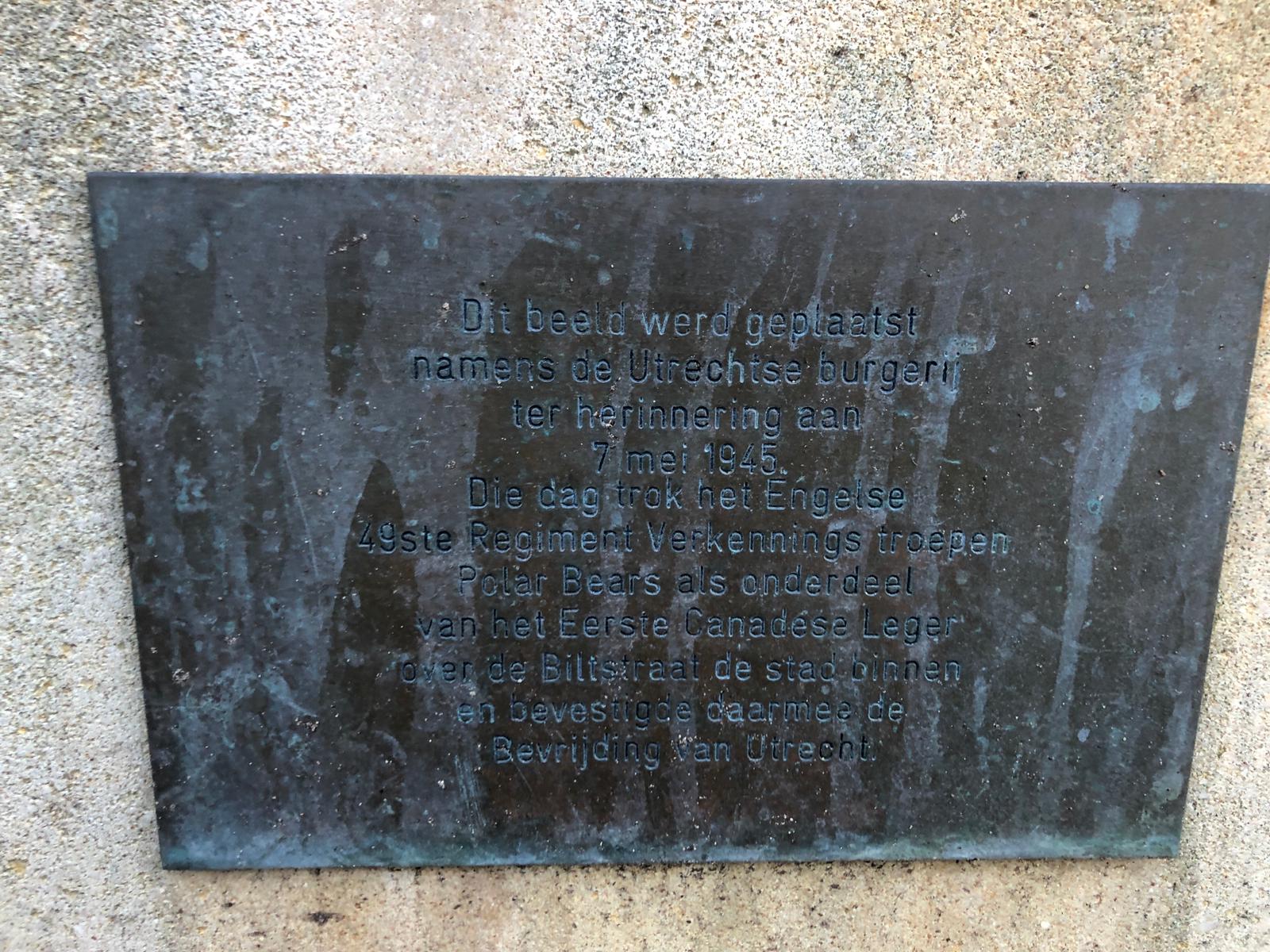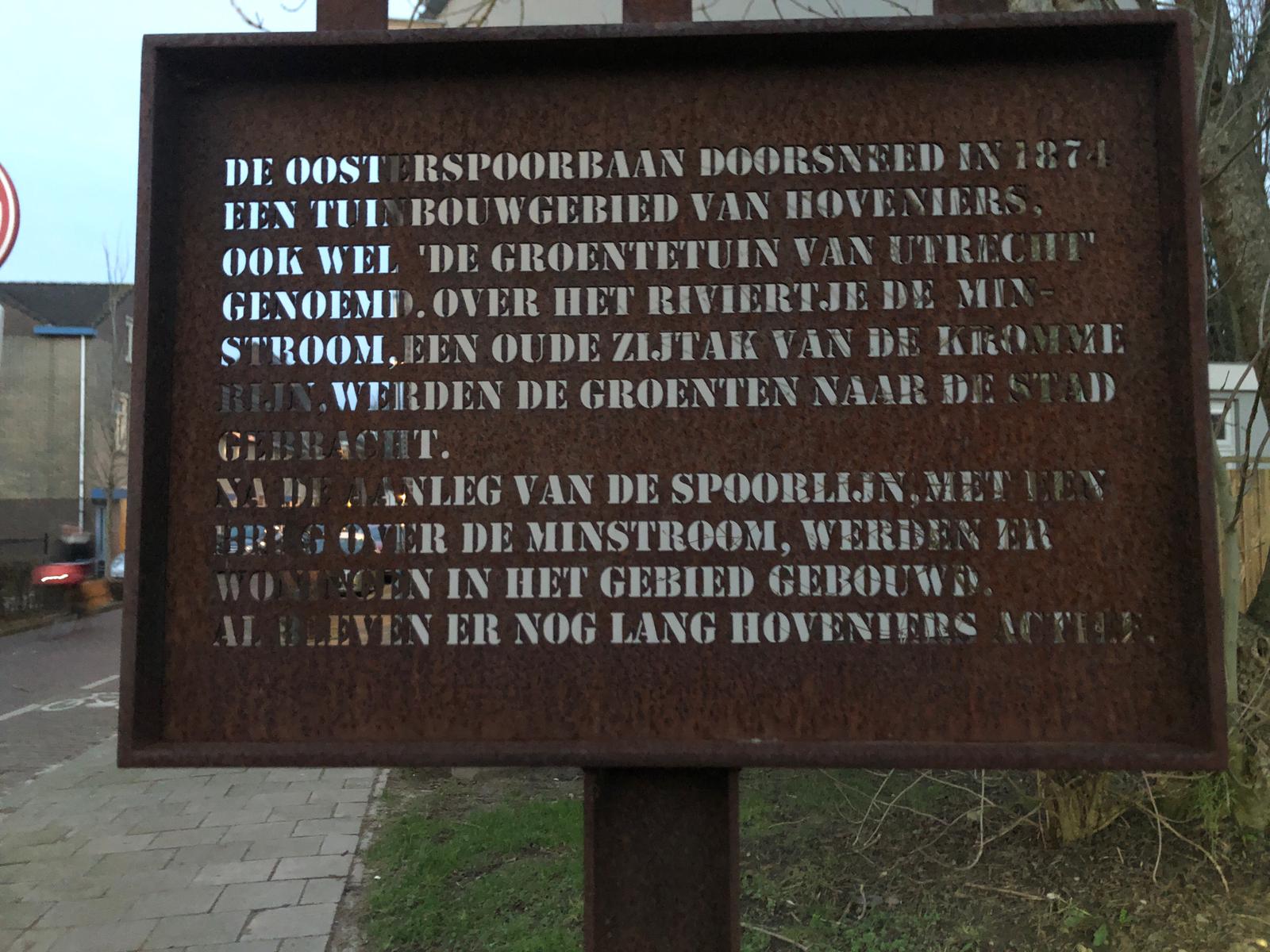Poem observatory made by Leon Vroman
Poem Sonnenborgh But it is that divine night under the dripping Observatory what I so desire my cold lips on your wet cheek both so defenseless naked – now seventy years later never gave me a drop of water tasted more so generous and horny. Fort Worth, almost November 26, 2008 Leo Vroman

